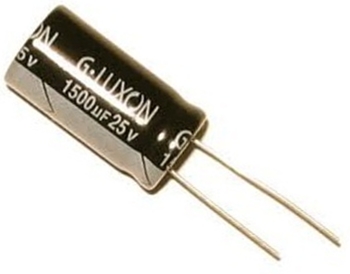De rating rule of thumb.
Voltage derating of ceramic capacitors.
Capacitors should be derated between 30 and 60 depending on the material s maximum ambient temperature.
Engineers must check the data to know really know how a specific capacitor will perform under voltage.
You can apply maximum 10 7v to the capacitor for the entire operating temperature range to 125 c voltage derating 20 is covered by the 33.
Ceramic capacitor manufacturers glass dielectric a voltage derating factor of 0 50 110c max.
This is a mechanism of decrease in the capacitance after applying dc voltage.
20 voltage derating is recommended for 16v tantalum polymer capacitor in all applications and there is also 33 derating needed at 125 c no derating to 105 c.
You can apply maximum 10 7v to the capacitor for the entire operation temperature range to 125 c voltage derating 20 is covered by the 33.
20 voltage derating is recommended for 16v tantalum polymer capacitor in all applications and there is also 33 derating needed at 125 c no derating to 105 c.
125 c device with tantalum polymers.
For your information in temperature compensation capacitors ch c0g characteristics etc capacitance doesn t change because paraelectric ceramic is used as its main material and that gives the dc voltage characteristic to the capacitors.
While people may argue about what is acceptable for de rating capacitors i would suggest using capacitors whose voltage rating is at least 2 3 times that of the expected voltage.
This tutorial explains how ceramic capacitor type designations such as x7r and y5v imply nothing about voltage coefficients.
Ceramic capacitors should have a voltage derating factor of 0 60 110c max.

